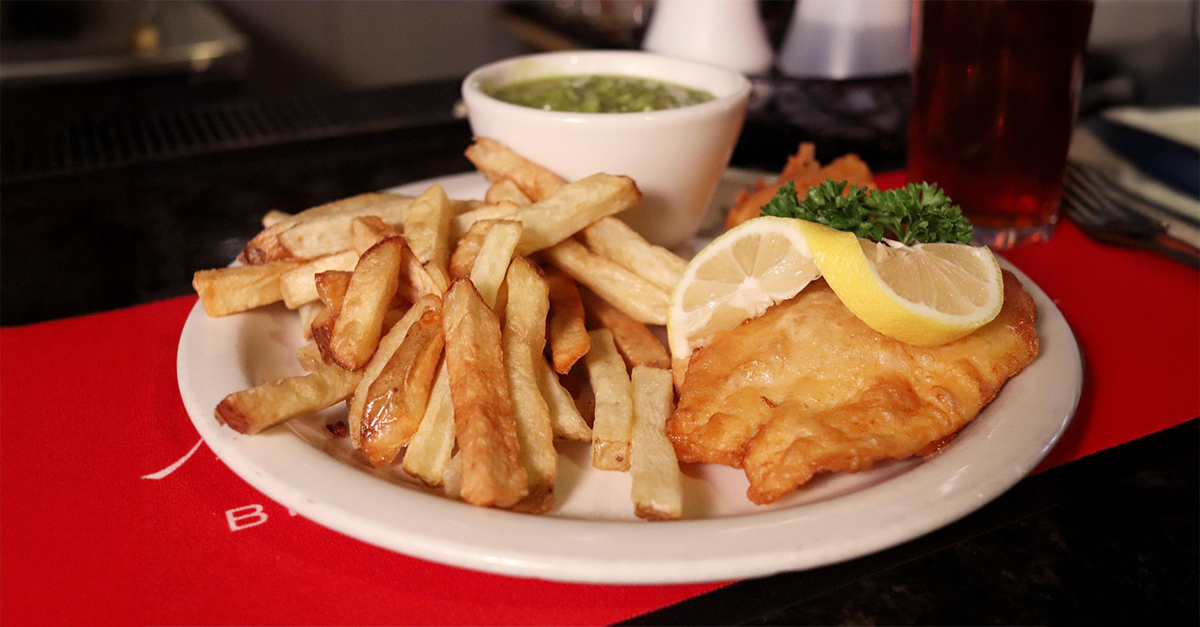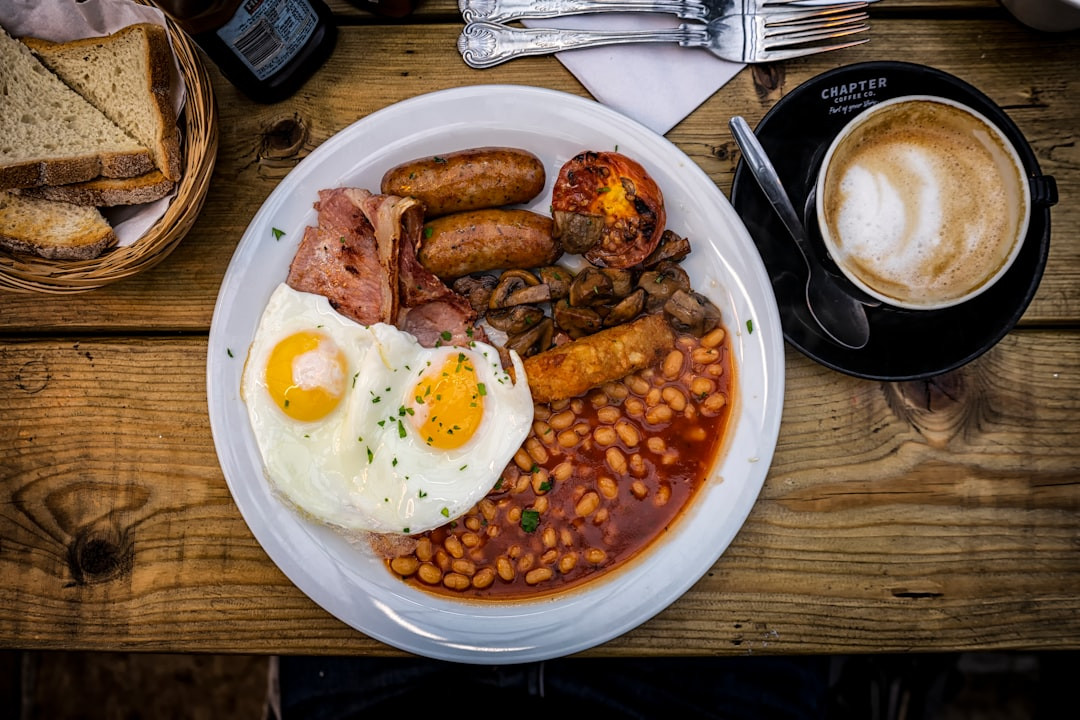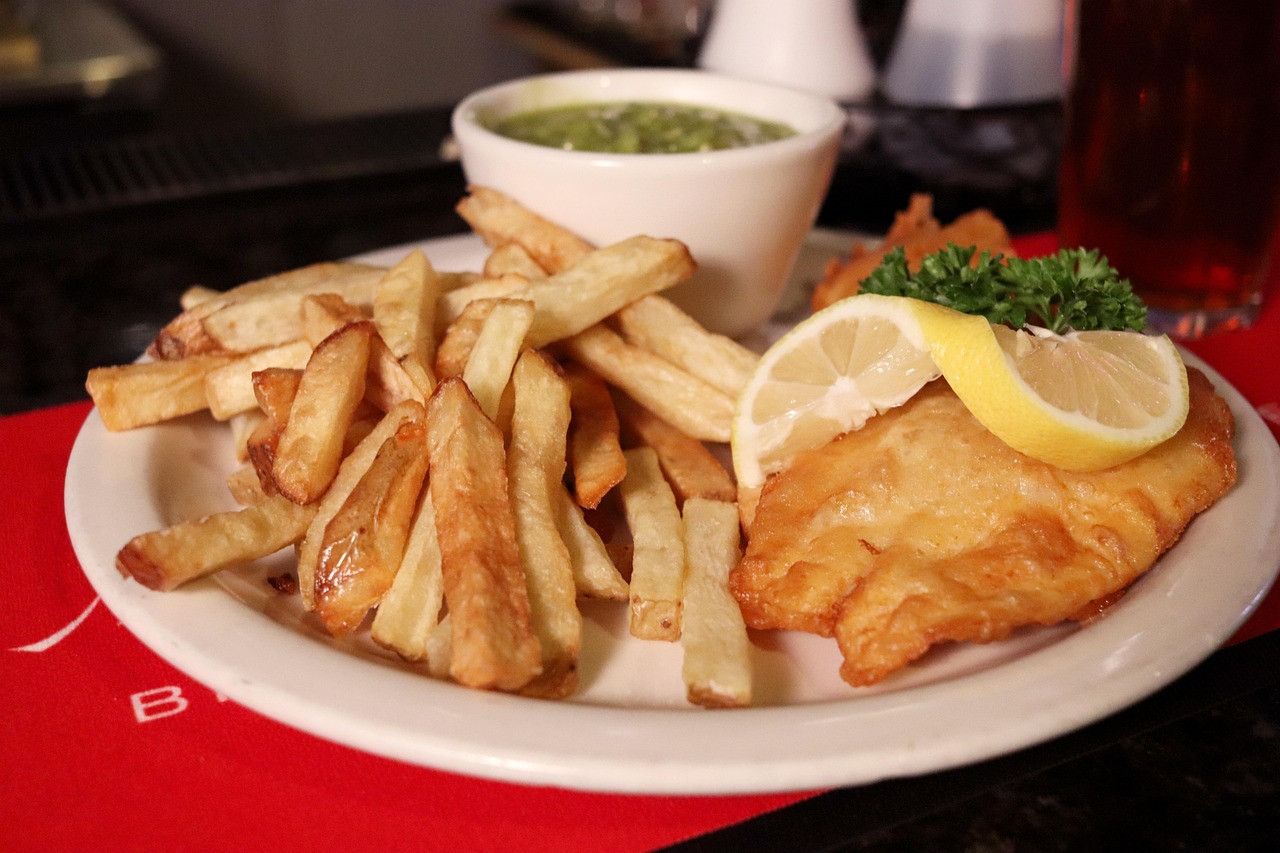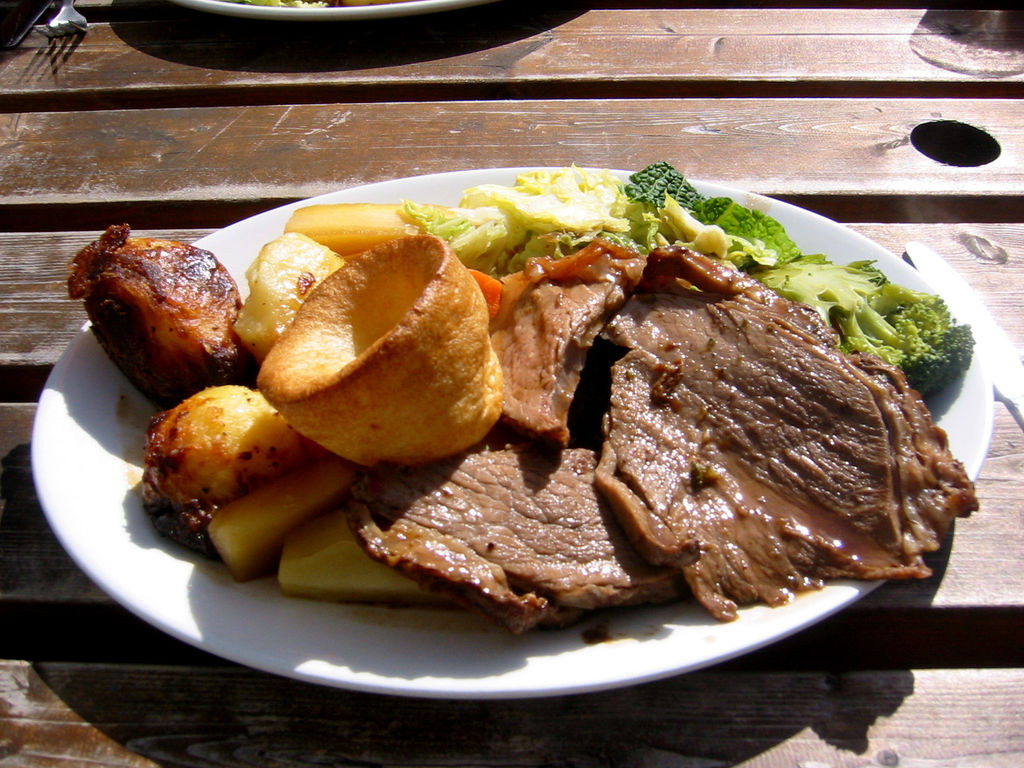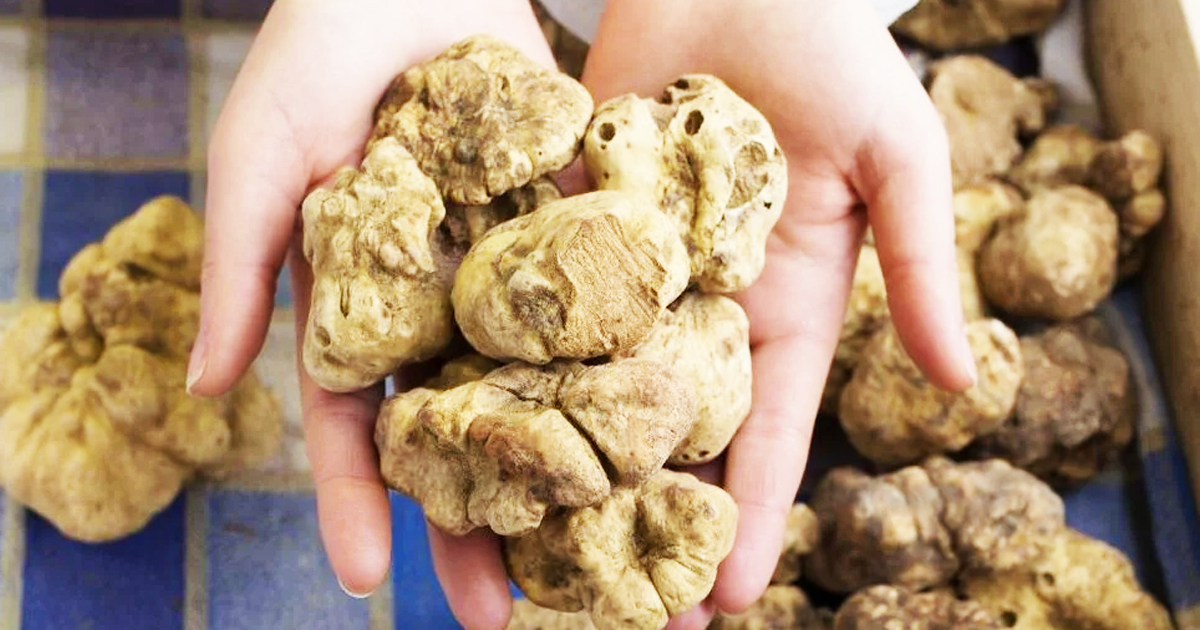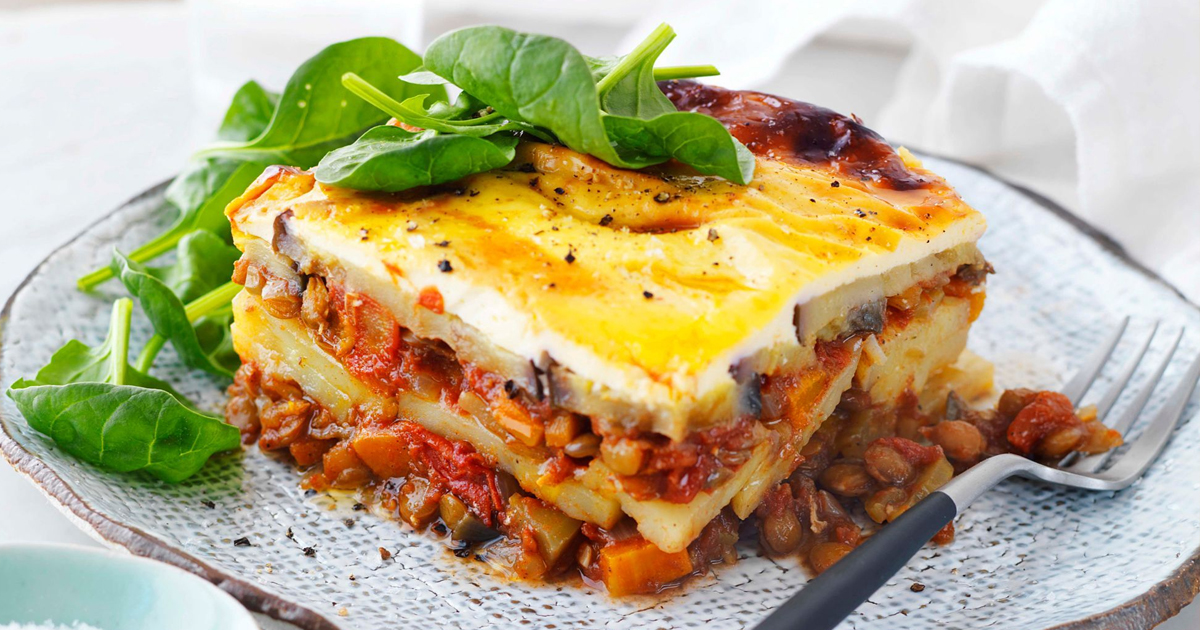The stereotype of British food being bland and uninspiring spread after World War II, when rationing limited people’s access to spices and fresh ingredients. Dishes were practical and filling, but not very adventurous. Many outsiders still view British cuisine through a jaundiced eye, while grimacing at overcooked vegetables and uninspired meats. This narrow-minded view misses the depth, comfort, and variety of today’s British food landscape.
A Complex Culinary Heritage
British cuisine is firmly situated in regional identity and traditions. From the no-nonsense stews of the north to the fresh seafood of coastal areas, there’s a lot more diversity here than most people think. British food has had a lot of different influences from around the world, including India, France, and Italy. This has added flavor to classic national dishes while keeping their basic comforting substance intact.
Start Simple: A Full English Breakfast
Possibly the best British meal is the full English breakfast. A typical spread is made up of bacon, eggs, sausages, baked beans, grilled tomatoes, mushrooms, and toast. It's not exactly what you’d call light, but it’s satisfying with plenty of flavor. A lot of people view it as a weekend treat. There are some variations across the UK, but it’s a great simple example of the richness and balance found in traditional British fare.
Fish And Chips Done Right
Fish and chips are a cliché, but when done right, they’re hard to beat. Fresh white fish, deep-fried in a golden batter, served with thick-cut chips and a side of tartar sauce or mushy peas, is a national treasure. That’s where the British love of simple ingredients cooked well really shines: crispy, tasty, and filling.
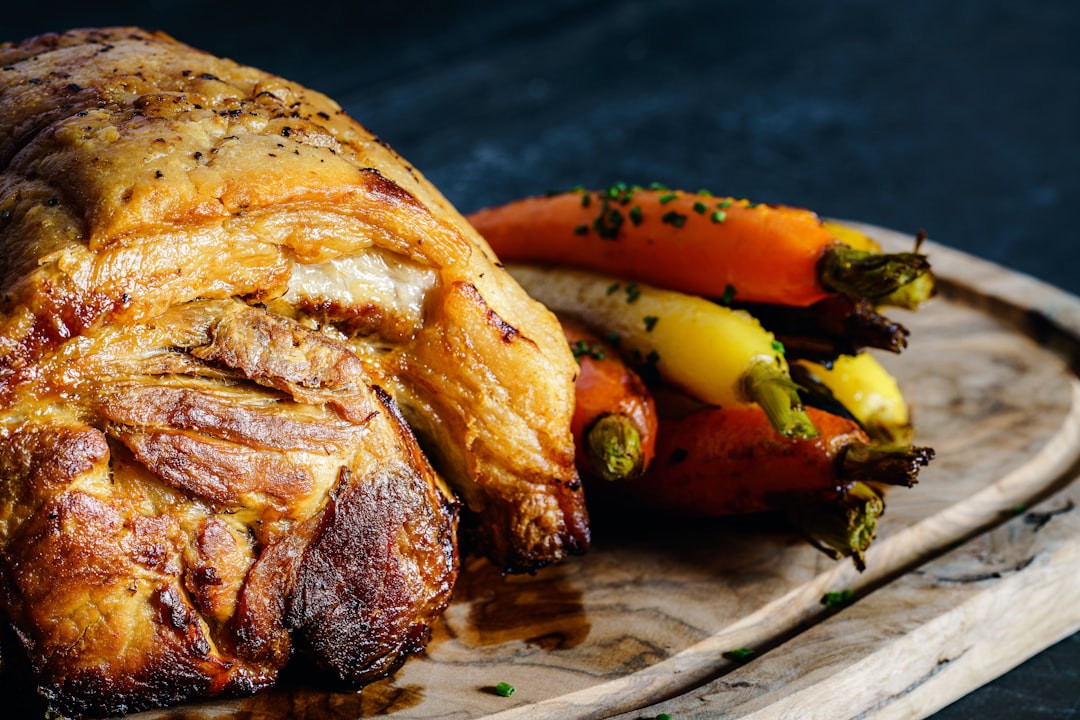 Sebastian Coman Photography, Unsplash
Sebastian Coman Photography, Unsplash
An Old Reliable: Sunday Roast
Sunday roast is an old tradition of British families. Featuring roasted meat (beef, chicken, or lamb), roast potatoes, Yorkshire pudding, vegetables, and gravy, it’s a feast built on simple, wholesome ingredients. The variety of textures and flavors like crunchy potatoes, soft pudding, and savory meat makes for a well-rounded meal, and is absolutely delicious when done right.
 Charisse Joy Chu, Wikimedia Commons
Charisse Joy Chu, Wikimedia Commons
Desserts That Are Irresistible
When it comes to puddings and sweets, British cuisine is at its gooey delicious best. Sticky toffee pudding, spotted dick, treacle tart, and Eton mess all show beyond a doubt the country’s love of rich, homey desserts. These dishes make the most of bold flavors like molasses, dried fruits, or custard that’s hard for most people to turn down.
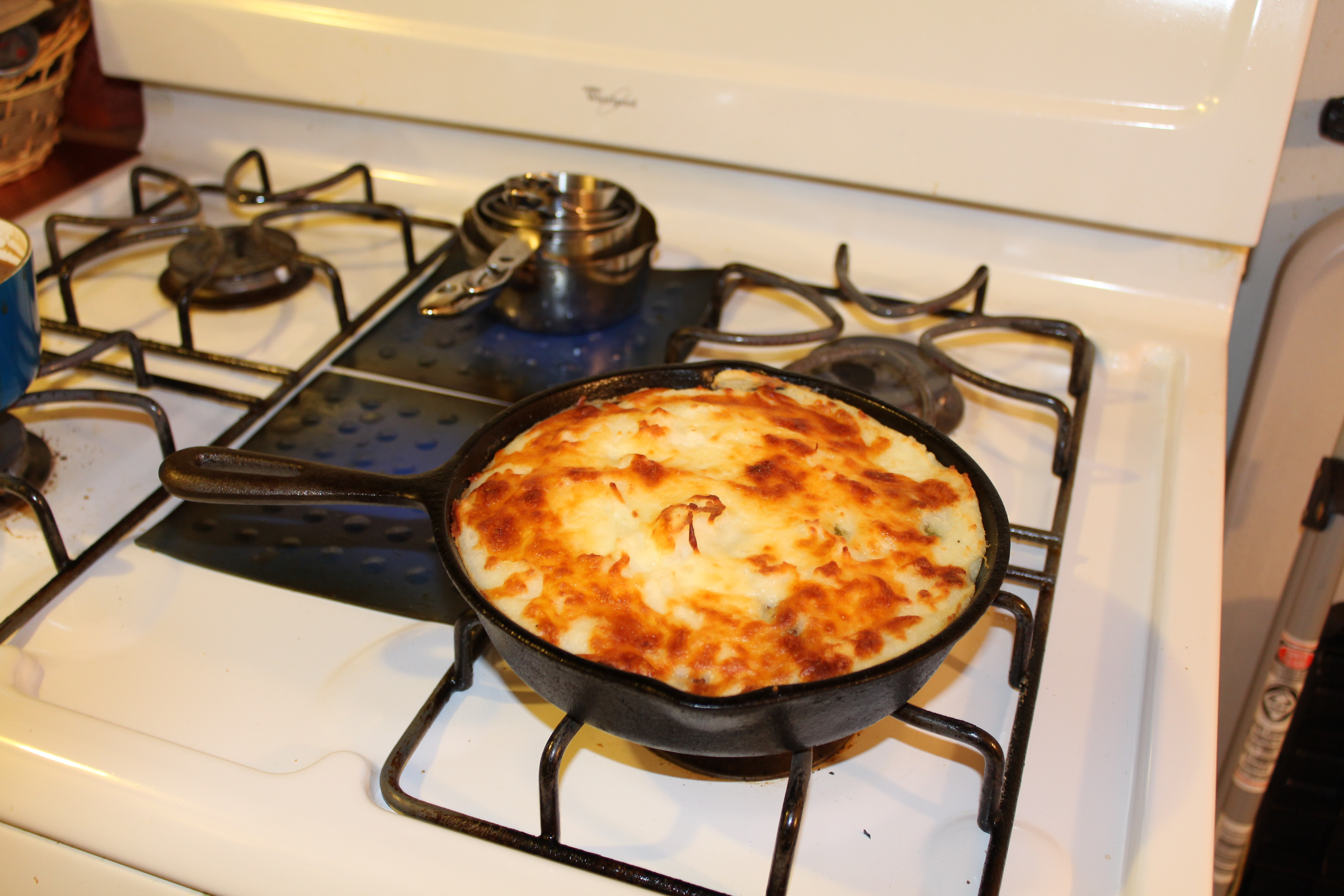 Dwight Burdette, Wikimedia Commons
Dwight Burdette, Wikimedia Commons
Worth A Second Look
A lot of the charm of British food lies in its comfort and simplicity. Unlike more fancy culinary traditions, British food isn’t about insanely hot spices or slick presentation. It’s about family, familiarity, and being thankful for the food you get. Today’s cooks are reworking traditional recipes with fresh quality ingredients, so there’s no better time to try these classics with an open mind.
A Food Renaissance
British food has enjoyed something of a revival over the years. This has been spearheaded by chefs like Jamie Oliver and Gordon Ramsay. Guys like these have championed farm-to-table cooking, regional produce, and lighter versions of the old standbys. Today, British cuisine is evolving into a much more complex affair. The old jokes about bland food don’t really apply so much anymore in kitchens with chefs who believe deeply in the power of flavor and heritage.
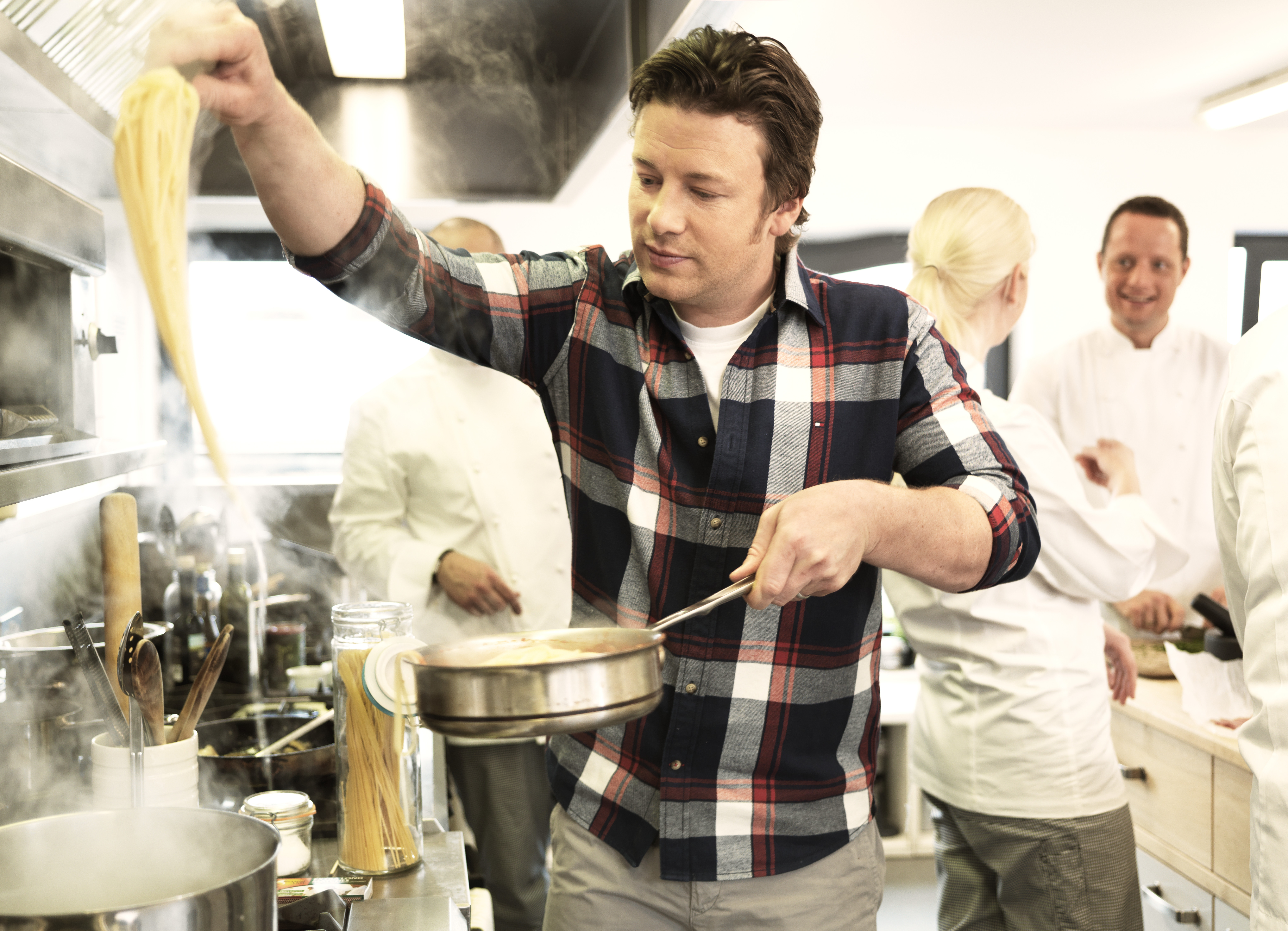 Scandic Hotels, Wikimedia Commons
Scandic Hotels, Wikimedia Commons
Try It: You’ll Like It
If you’re still skeptical about British cuisine, you need to take a crack at cooking it yourself. Start with a shepherd's pie before moving on to roast chicken dinner. Try your hand at fish and chips, or bake a sticky toffee pudding. With a minimum of attention to detail, you’ll get some great taste going on. Keep your windows closed when you do, or your neighbors might drop in to find out what smells so good!
You May Also Like:
Chefs With The Most Michelin Stars
15 Of Anthony Bourdain’s Favorite Foods

